The post dPS Weekly Photography Challenge Mirrors appeared first on Digital Photography School. It was authored by Sime.
We asked for your suggestions for our weekly photo challenge over on Twitter, and Todd replied with ‘Mirrors‘ which is always a fun challenge! Most people have access to one (My 11yo needs to use one more before going to school haha) and the creativity factor is high on this one – be in the frame, don’t be, it’s your choice!

#dPSMirrors is the theme, make sure you use the hashtag if you’re posting on social media, and pop across and thank Todd for the theme this week (Feel free to suggest a theme in your comment!)

Angling the mirror to show a different scene within a scene as above, how did I do it? Guesses welcome! Was it one frame or two?

Obviously I didn’t venture out of my bathroom for my series of images, and that’s fine – you can do the same! I had an idea for another photo, but I got ‘that look’ when I asked my wife if I could take her full length mirror to the park… bah! Anyway!
As ever, some help with sharing your photo in the comments below (don’t click on this photo to upload your photo, scroll down to the Disqus section, log in, THEN click on the little camera icon in the comments)

Simply upload your shot into the comments field (look for the little camera icon in the Disqus comments section) and they’ll get embedded for us all to see. Or, if you’d prefer, upload them to your favorite photo-sharing site and leave the link to them.
The post dPS Weekly Photography Challenge Mirrors appeared first on Digital Photography School. It was authored by Sime.





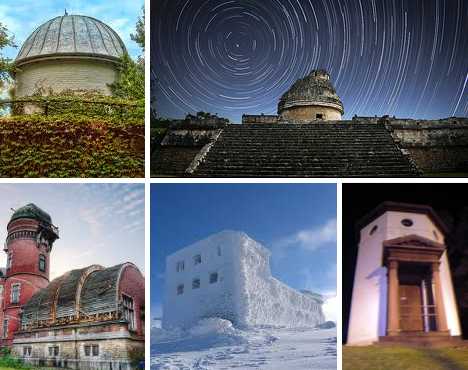

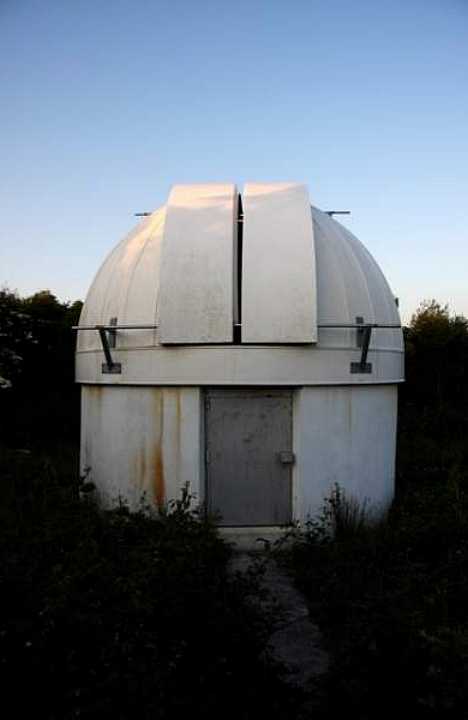
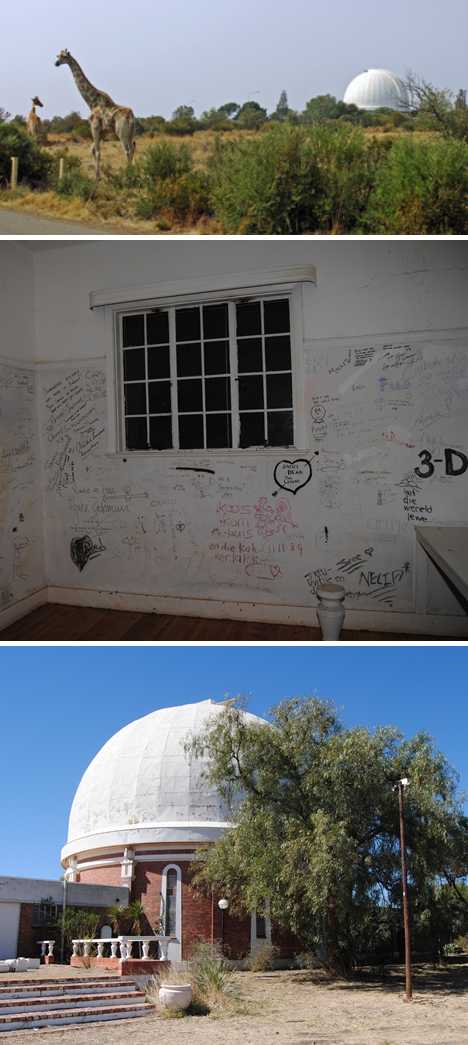

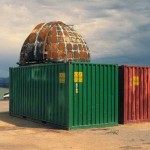
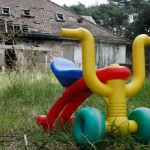
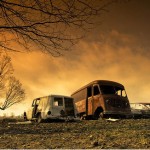





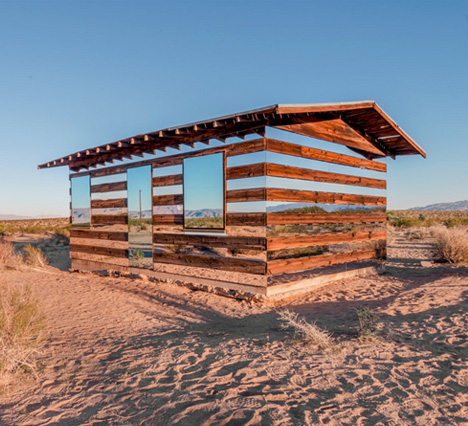

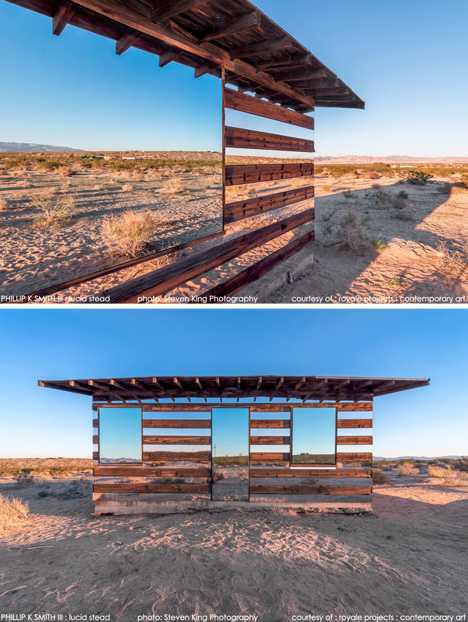
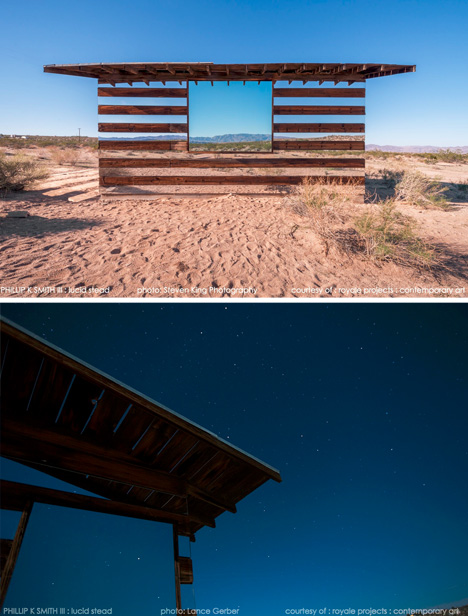
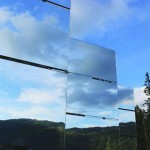
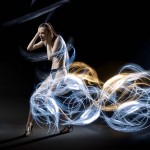
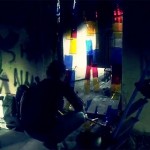
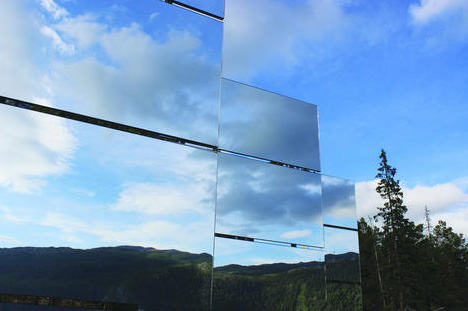
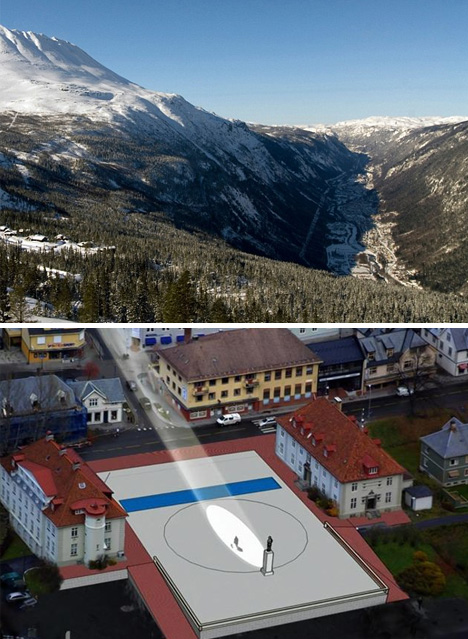
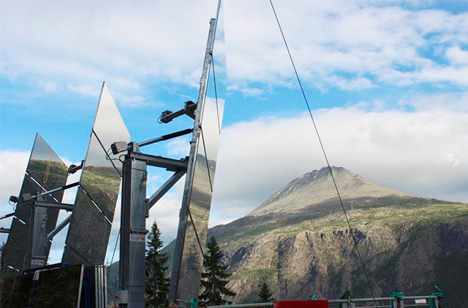
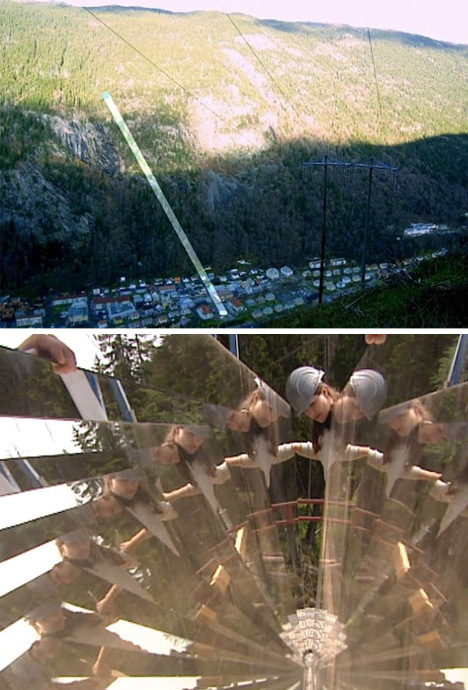






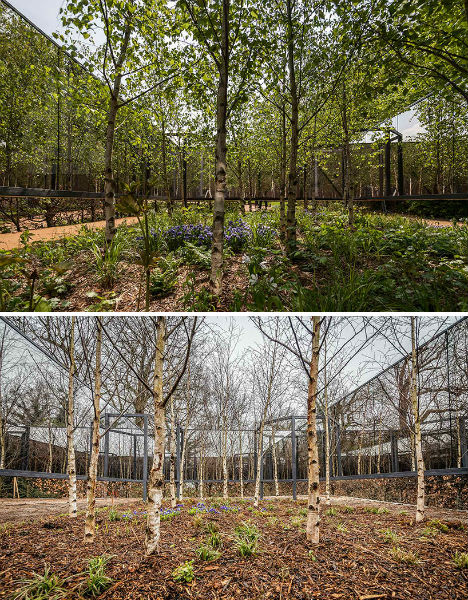
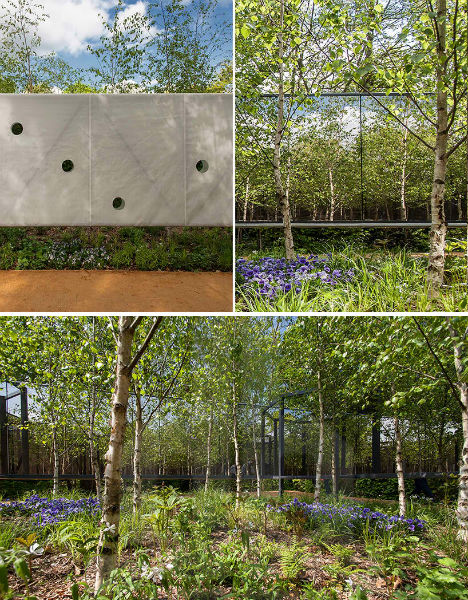
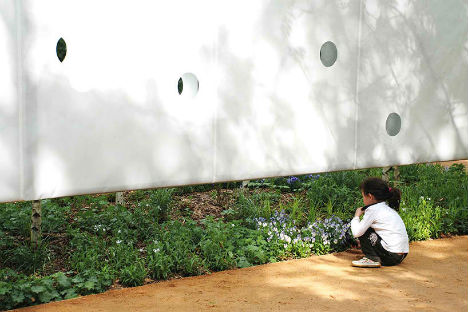
You must be logged in to post a comment.